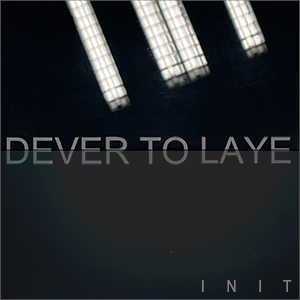The finest moments break free from a sense of additive composition. Mobiles of sonic material are suspended, spinning slowly while the listener watches its rotation, revealing parts previously unseen.
While a Raster-Noton release is usually easy to identify, their individual artists have been difficult to differentiate in the past. Ryoji Ikeda’s informational density, Alva Noto’s finely sculpted distortion, or COH’s tightly hypnotic loops have all emerged with time as the label’s aesthetic has broadened. Frank Bretschneider, one of the labels founders, has been a signature recording artist. As recently as 2013’s Super.Trigger he has worked within the classic sound of the label; clipped, unadorned noise, saw, square and sine waves gridded to varyingly abstract approximations of techno. With Isolation, his second CD on the Line label, he works with a similar set of sounds, but stretches his raw frequencies into thin webs of drone.
The CD’s contents were originally created for an installation at Bautzen II, a former Stasi prison in Eastern Germany, which has held political prisoners as recently as 25 years ago. Seeking to mimic and explore the solitary experience and sensory deprivation of incarceration, the pieces are severe, empty and without resolve. On the abrasively pitched opener “White Light” and more conservative sounding drone piece “Cycle Circle” the pairing of a stable bass note with searing high end successfully mimics the close quarters of a cell; floor and ceiling. With headphones, as recommended by the artist, this does make for a tight, airless listen. On speakers, the acoustic space of a room is curved out starkly, outlining the remaining emptiness.
The finest moments break free from a sense of additive composition. Mobiles of sonic material are suspended, spinning slowly while the listener watches its rotation, revealing parts previously unseen. This is best exemplified on the stunning “Neon Night.”
The CD’s title—Isolation—echoes “Isolationism,” an outdated term to describe ambient music stripped of emotion and consisting of little musical content. The work of Main, Final and Thomas Koner, who all appear on the 1994 collection Ambient 4: Isolationalism, shares much in common with Bretschneider’s Isolation. While the political, historical and social context of the prison must have certainly impacted the initial reception of his these pieces, it is has a different experience outside of the installation.
High frequencies, white noise, and sustained sub bass tones have softened over time, neutralized for most listeners of underground music. The initial audience may have found the unsteady sine waves of “Oscillation Feedback” to carry an unsettling menace, home listeners may find an ascetic comfort. While the extra-musical information suggests a working method attuned to harsh isolation, intended harshness can be easily subsumed by the contemporary listener’s ear.
This observation I doubt is lost on Line, whose commitment to documenting sound installations is in strictly auditory terms, knowing well that sonic art is not sufficiently translatable to disc or any other medium. Documenting aspects of great work in the compromised but beloved CD format seems to be their priority, and in this case they’ve been successful once again.
Isolation is available on Line.






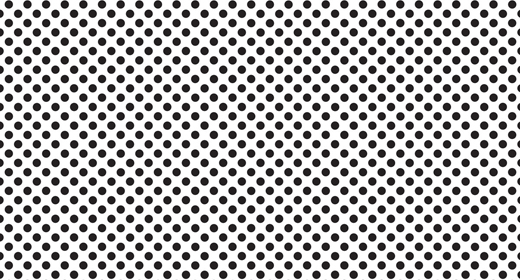
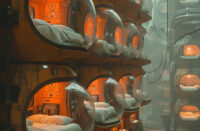

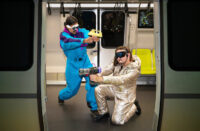
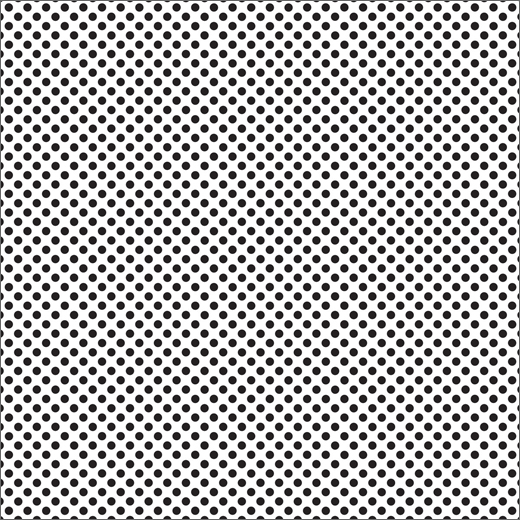


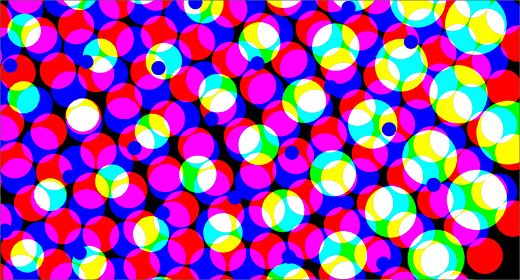
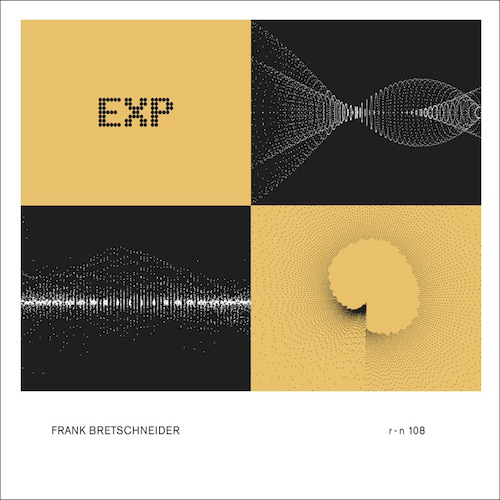
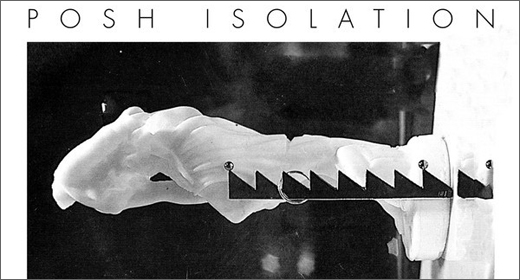
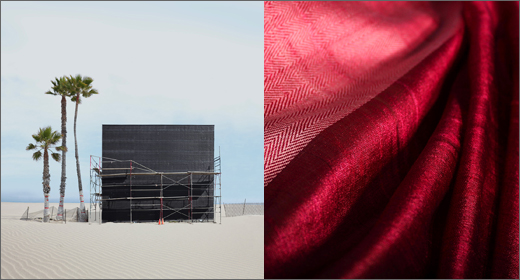



![Hasbeen :: Bunker Symphonies II (Clean Error) — [concise]](https://igloomag.com/wp/wp-content/uploads/2025/04/hasbeen-bunker-symphonies-ii_feat-75x75.jpg)
![Extrawelt :: AE-13 (Adepta Editions) — [concise]](https://igloomag.com/wp/wp-content/uploads/2025/04/extrawelt-ae-13_v_feat-75x75.jpg)
![Beyond the Black Hole :: Protonic Flux EP (Nebleena) — [concise]](https://igloomag.com/wp/wp-content/uploads/2025/04/beyond-the-black-hole-protonic-flux_feat-75x75.jpg)
![H. Ruine, Mikhail Kireev :: Imagined / Awakenings (Mestnost) — [concise]](https://igloomag.com/wp/wp-content/uploads/2025/04/h-ruine-mikhail-kireev-imagined-awakenings_feat2-75x75.jpg)


![Squaric :: 808 [Remixes] (Diffuse Reality) — [concise]](https://igloomag.com/wp/wp-content/uploads/2025/04/squaric-808-remixes_feat-75x75.jpg)
